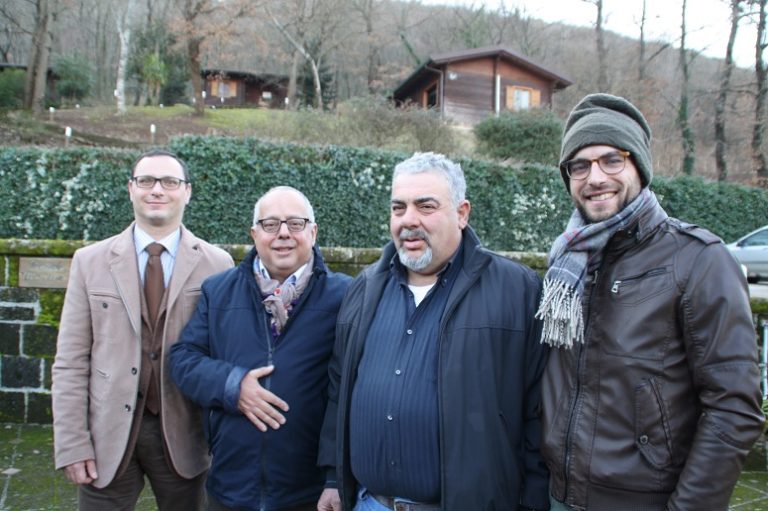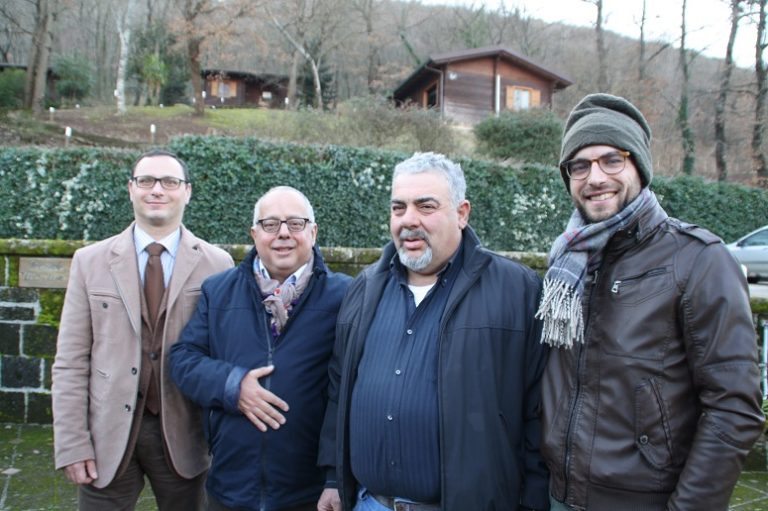In 2017, “The Year of the Borghi” was celebrated in Italy. According to the directive of the former Minister, Dario Franceschini, the initiative was created with the intention of enhancing lesser-known cultural tourist destinations among small towns and cities characterized by a broad historical and cultural heritage, representing ideal destinations for slow and sustainable tourism.
Among the lesser-known villages is Baia and Latina, a smaller village rich in history and a historical and cultural heritage celebrated by Pliny the Elder for the pure air and the quality of the land. The municipality located between the Trebulani mountains and the course of the Volturno river, a crossroads of goods and cultures between Lazio, Campania, and Sannio, preserves the cultural characteristics of its own tradition favorable to evaluate and insert its presence in the list of the minor Borghi of Italy.
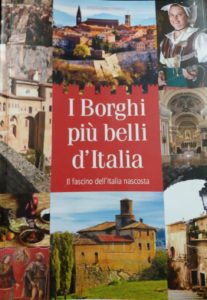
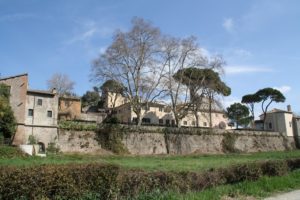
Baia and Latina, in the province of Caserta, the ancient belonging to an Etruscan colony has attributed the credit that Enea would have stayed in Latina and his father Latino would have built a temple sacred to Minerva and given the name to the village.
Other versions trace the origins of the borgo back to the Samnite period. The two villages today form a single municipality, a decision dating back to the period of French domination (1806-14) and the subsequent one, during the Bourbon domination.
The houses of the borgo have medieval conformations highlighted in part by the important structures: towers and castles perched to guard its territory. Together with the numerous palaces and archaeological finds dating back to the period of its origins.
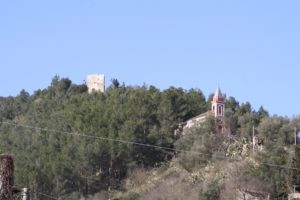
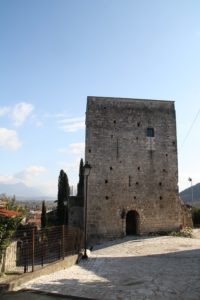
What remains of the past reflects a historical reality that can be read on the stones of its houses, churches, noble palaces and castles. Structures that climb upwards through alleys and narrow streets that sometimes seem to disappear inside the houses and then re-emerge in an open space or a small square where the sunlight is finally free to radiate.
The doors of the houses maintain characteristics that evoke distant times. And therefore charm, pleasure of being immersed in the lifestyle unchanged over time. Imagine living in distant ages just 50 km from the nearby metropolis: Naples and 25 from Caserta with its majestic Royal palace.
The Year of Italian Villages met with great interest by Italian municipalities from North to Sicily and developed promotional initiatives with highly encouraging results, creating new sources of tourism that have decreed success: the statistics published at the end of the Borghi year indicate an increase in 7% of national tourism and foreigners in particular from Asian countries – China and Japan.
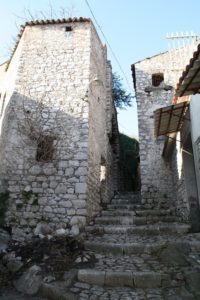
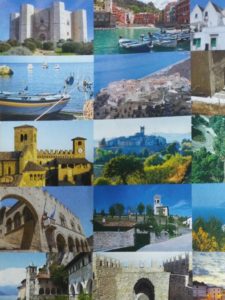
The ambitious plan of the mayor of Baia and Latina, Giuseppe Di Cerbo, in office since June 2016 is to bring his borgo to the attention of an increasingly high number of visitors, more than those who arrived on the occasion of the celebration of ” Living Nativity “celebrated at Christmas 2018, artistically improved under his direction. And, create initiatives to stimulate daily visits, even to the extent of raising the destination slowly to success. Then enter triumphantly in the official catalog of the Italian minor villages.
With a visit to the borgo, the opportunity to get more information from the mayor presented itsel.
GOT NEWS? click here
Google News, Bing News, Yahoo News, 200+ publications
eTN: In the area of the ancient village, many houses have been identified in a state of abandonment and decay. Is there a plan for their recovery?
Mayor: The request for subsidies for the restoration was sent to the European Union (UE) without result as the granting of EU funds requires the participation of private capital to the extent of 25% of the total value for the restoration.
The owners of the buildings are unable to invest. But, we have obtained regional funding with an EU contribution to the settlement of water shortage.
eTN: What is your program to improve the life of the borgo?
Mayor: Among the priorities stands the creation of a receptive system, that is the Bed & Breakfast and the expansion of the sewerage network. For this we are waiting for funds from the region. The redevelopment of the Volturno river, improving aid to buffalo farmers through the Rural Development Program (PSR) [is also a priority].
Baia and Latina the first small town in Italy equipped with video surveillance.
A historical plaque affixed to a building tells: “Here in the tormented years of the new kingdom of Italy, November 10, 1863, the mayor, Antonio Scotti, and his wife, Francesca Lacracchi, after heroic resistance disdaining surrender to the brigaders horde that had set fire to the house perished among the flames.”
eTN: Mayor, is this what motivated your project of video surveillance of the village?
Mayor: The project, in fact, was started by my predecessor as prevention of the national problem on the small delinquency that has also affected our territory. We believed it right to continue and delegated the public works councilor Antonio Brancaccio to finalize it to be active on the 24 hours, round the clock, with great satisfaction of the inhabitants (about 2,400).
The security cameras will be connected to the data reception center of the Carabinieri barracks. My plan includes the Internet system entrusted to the architect Christian Itri.
The village produces dairy products: mozzarella cheese, salami, and honey. Vegetable production is mainly at the individual level: only private gardens! Visitors can take advantage of small dining options and a larger one in Baglio, the Arco restaurant, whose cuisine offers specialties utilizing local products.

